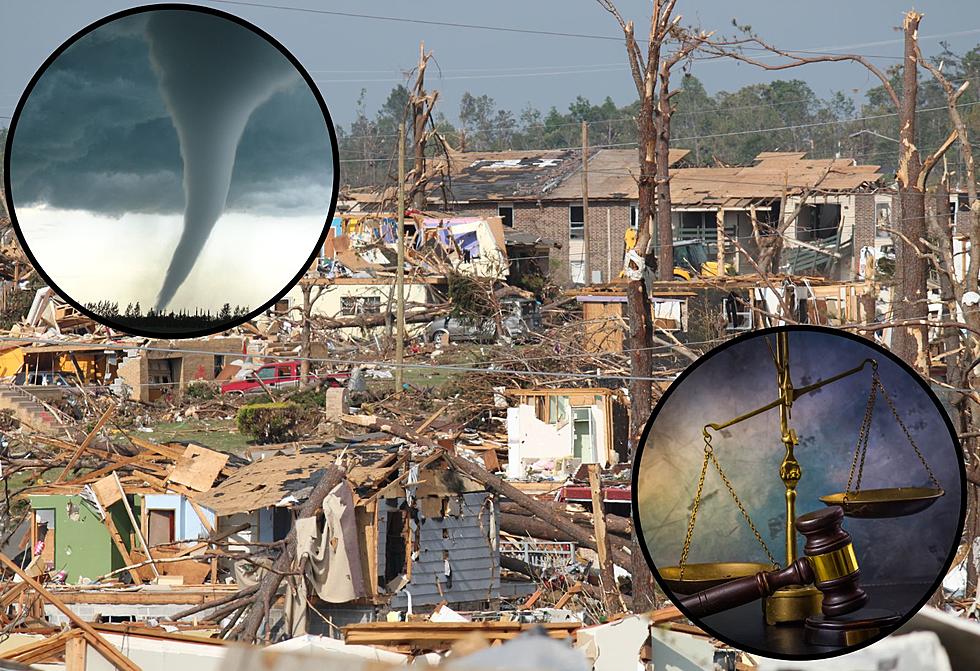
This Is How The Strength of a Tornado is Measured
Spring has sprung and that means severe weather season in Texas. During this time, you'll hear the term EF or Enhanced Fujita Scale all the time. If you're not sure exactly what that is, here's a full explanation.
EF stands for Enhanced Fujita scale, which rates the strength of tornadoes based on wind speeds and damage that the tornado causes. According to the National Weather Service, the EF scale became operational in 2007.
The NWS is the only federal agency with the authority to provide 'official' tornado EF Scale ratings. The goal is to assign an EF Scale category based on the highest wind speed that occurred within the damage path.
First, trained NWS personnel will identify the appropriate damage indicator from more than one of the 28 used in rating the damage. The construction or description of a building should match the DI being considered, and the observed damage should match one of the 8 degrees of damage (DOD) used by the scale.
SEE ALSO: Tornado Facts and Safety Tips
The tornado evaluator will then make a judgment within the range of upper and lower bound wind speeds, as to whether the wind speed to cause the damage is higher or lower than the expected value for the particular DOD. This is done for several structures, not just one before a final EF rating is determined. (via NWS)
Here is the EF scale used to determine tornado rating
- EF 0 - 65-85 mph (Light)
- EF 1 - 86-110 mph (Moderate)
- EF 2 - 111-135 mph (Considerable)
- EF 3 - 136-165 mph (Severe)
- EF 4 - 166-200 mph (Devastating)
- EF 5 - Over 200 mph (Incredible)
To get an idea of what an EF 5 tornado looks like, here is a video that shows the huge EF 5 tornado that dropped in Moore Oklahoma on May 20th of 2013.
SEE ALSO: Deadliest Tornadoes in Texas History
Windiest Cities in the United States
More From Rock 108









